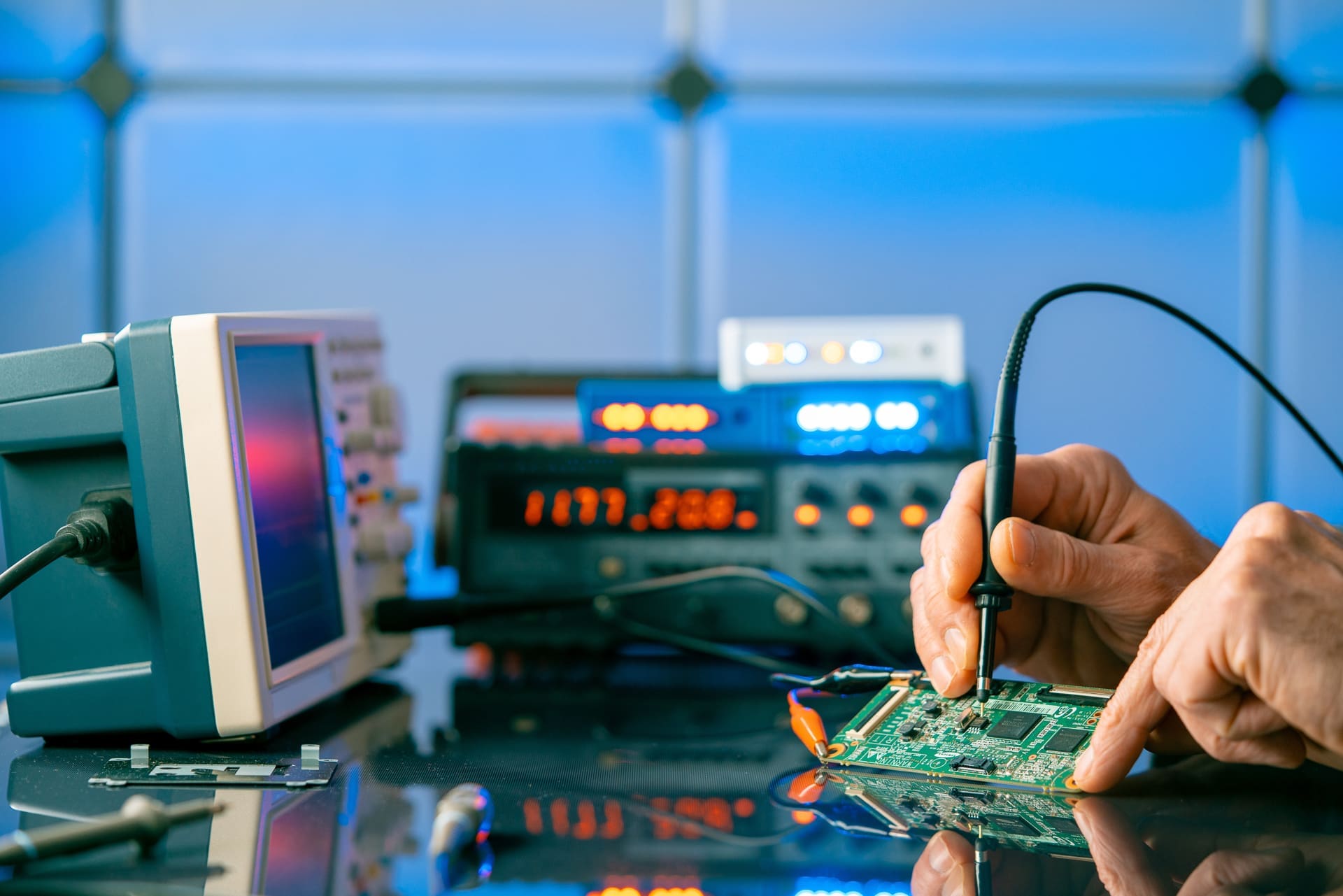New Toy Safety Regulation and the Digital Product Passport: upcoming changes for the toy industry
The update aims to address shortcomings in protecting children from toy-related risks, notably concerning hazardous chemicals.
Electric devices and installations are a core component of our lives on a nearly moment to moment basis.
The main considerations of the electromagnetic compatibility legislation is to ensure the safety when in use both alone and in close proximity to other electronics.

Any product placed and made available on the EU Market (either through e-commerce or brick-and-mortar) must comply with the Electromagnetic Compatibility Directive 2014/30/EU.
Non-EU manufacturers wishing to make their products available to EU citizens should appoint an Authorized Representative. (A manufacturer is defined as any natural or legal person who manufactures apparatus or has apparatus designed or manufactured, and markets that apparatus under his name or trademark.)
Products which fail to comply may be subject to public notification (RAPEX), withdrawal requirements, warehousing fees, fines or total destruction of the products.
The EMC Directive 2014/30/EU (Electromagnetic Compatibility Directive) of the European Parliament and of the Council was published on March 29, 2014 in the Official Journal of the European Union, L 96/79, and replaced Directive 2004/108/EC on the 18th April 2014.
The EMC Directive 2014/30/EU regulates the electromagnetic compatibility of equipment – apparatus and fixed installations.
In order to achieve this objective, equipment need to comply with the essential requirements of the EMC Directive when it is placed on the market and/or put into service. The requirements limit electromagnetic emissions to a level that will not affect radio and telecommunications or other equipment and require products to have immunity to electromagnetic disturbances.
The EMC Directive does not regulate the safety of equipment in respect of people, domestic animals or property, therefore, it is not a safety related Directive.
Functional safety aspects based on electromagnetic disturbances are regulated for instance by the Machinery Directive 2006/42/EC, the Low Voltage Directive 2014/35/EU and the General Product Safety Directive 2001/95/EC.
Electric devices and installations are a core component of our lives on a nearly moment to moment basis. The main considerations of the electromagnetic compatibility legislations is to ensure the safety when in use both alone and in close proximity to other electronics.
Until the publication of the Electromagnetic Compatibility Directive 2014/30/EU on February 26, 2014 and the subsequent 2 year transition period, the Electromagnetic Compatibility Directive 2004/108/EC was the reigning legal framework for EMC products.
From April 20, 2016 the Electromagnetic Compatibility Directive 2014/30/EU became fully applicable in the EU as the main legal framework for EMC products.
The EMC Directive 2014/30/EU applies to a vast range of equipment encompassing electrical and electronic appliances, systems and installations. This Directive covers products which are new to the Union market when they are placed on the market, as well and it applies to all forms of supply, including distance selling, as well. The Directive 2014/30/EU applies to:
This directive shall not apply to:
There are two potential paths for the Conformity Assessment Procedure that a manufacturer may elect to follow before making their products available on the EU Market.


Technical Documentation
It must be prepared by the manufacturer and shall include an adequate analysis and assessment of the risk(s). The technical documentation shall be drafted up according to the conformity assessment procedure followed by the manufacturer.
Essential requirements for all equipment
Equipment shall be so designed and manufactured as to ensure that:
Specific requirements for fixed installations
Fixed installations shall be installed applying good engineering practices and respecting the information on the intended use of its components.
It is the responsibility of the manufacturer to continue to collect information related to use of their products after they have been made available to consumers as well as to ensure that they continue to be compliant as the legislation applicable to their products evolves. Post-Marketing surveillance activities include, but are not limited to:
Working with a professional Authorized Representative will help to ensure that the necessary actions are taken to ensure continued compliance and proper post-market surveillance.
Evidently, non-compliant products enter the EU Market everyday – whether the brand owner knowingly does so or due to a lack of knowledge imparted from EU importers/distributors.
As there is no “approval” in the EU Market, Competent Authorities focus almost exclusively on conducting systematic surveillance of products which are being made available on the market. This can include pulling products off of shelves, stopping products at customs or even deploying bots online to identify non-EU based e-commerce shops which mention that they ship to the EU Market.
Should you choose to take the risk to ship product to Europe which has not followed the required path to compliance as detailed above, you should also be prepared for the consequences.
The main consequences include, but are not limited to:
Ultimately, the prescribed actions that are to be taken in the case that a product is found to be non-compliant will vary depending on the EU Competent Authority which identified the breach, the EU Member State, cooperation from the brand owner and the actions taken by the appointed Authorized Representative. Above all else, the professionalism and expertise of the appointed Authorized Representative in dealing with various Competent Authorities and handling such situations play a vital role in the successful recovery of your brand in the EU Market.
Explore our Authorised Representative services for electronics. Contact us for inquiries.